Cauliflower cultivation methods and precautions
Last Update :2024.05.06
Article Catalog
3. Problem diagnosis and treatment
Soil: Cauliflower prefers soil with good drainage, loose soil and organic matter. Moisture: It likes water, so it needs to be irrigated frequently during maintenance, but water should not be allowed to accumulate in the soil. Nutrients: Fertilize once every 7-15 days, which will make the roots grow faster. Temperature: Cauliflower prefers a growing environment between 20-25°C. If the temperature is too high, it will be more difficult for it to grow into a spherical shape, while if the temperature is too low, it may suffer frostbite.
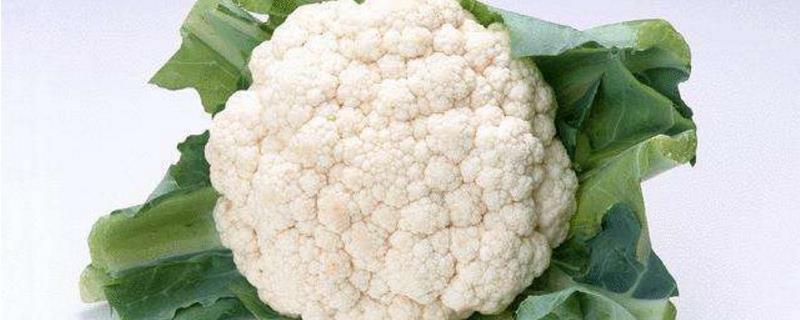
1. Maintenance methods
1. Maintenance methods
1. Soil: Cauliflower has a strong adaptability, so it prefers soil with good drainage, loose geology and organic matter.
2. Moisture: After sowing, you need to water, fertilize and spread a layer of soil, so that the cauliflower will sprout in about three to four days. Cauliflower needs to be irrigated frequently after growth. Lack of water will directly affect the growth of cauliflower.
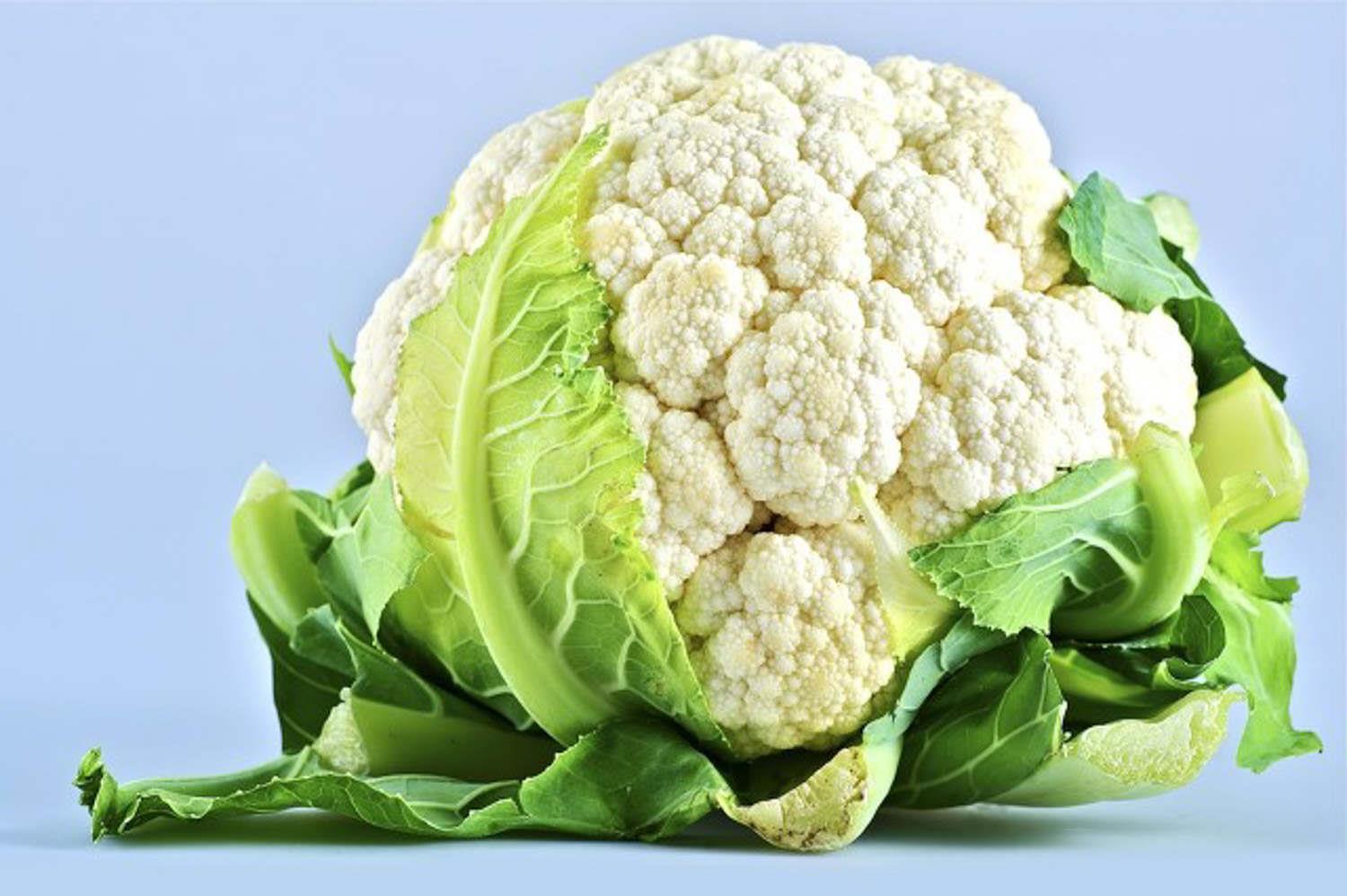
3. Nutrients: The frequency of fertilizing cauliflower should be controlled every day. Just fertilize once every 7-15 days. Applying seedling fertilizer during the seedling stage and compound fertilizer later will speed up the growth of its rhizomes.
4. Light temperature: Cauliflower likes a sunny environment. Under sufficient sunlight, it will grow strong and vigorous, and the flower bulbs will become compact and of good color. The temperature suitable for its growth is between 20-25℃. If the temperature is too high, it will be more difficult for it to grow into a spherical shape, while if the temperature is too low, it may suffer frostbite.
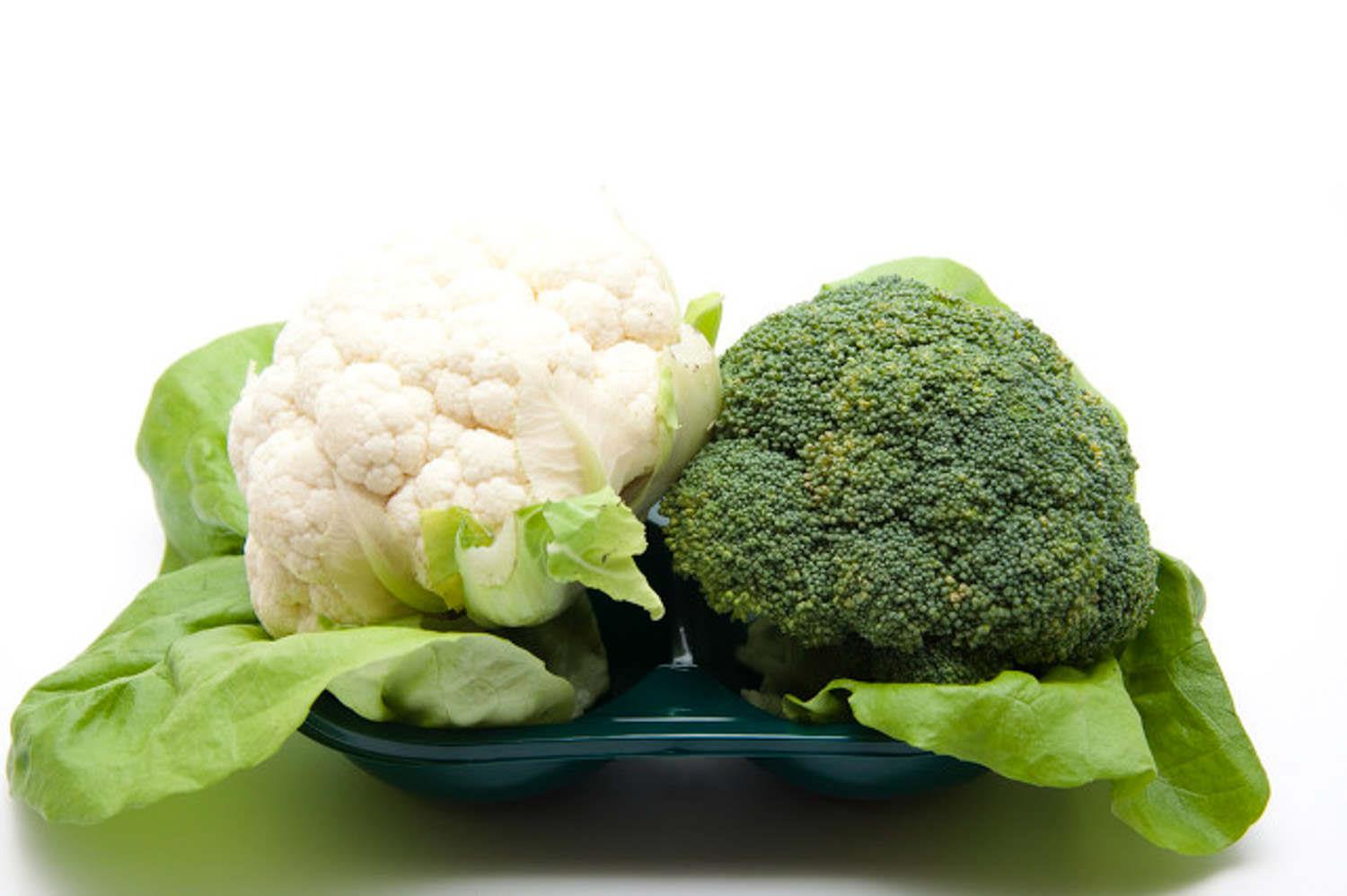
2. Breeding skills
1 3. Cultivating and weeding: During the growth period of cauliflower after fertilization, we should pay attention to cleaning up the weeds in the soil frequently, and loosen the soil appropriately after the rain, which can better promote the absorption of nutrients by the cauliflower.
2. Propagation: Cauliflower is generally propagated using the nutrient bag seedling method. It requires the use of film bags, nutrient soil, and nutrient bags. Arrange the nutrient bags on the seedbed for sowing, and then sprinkle a layer of them. Just sprinkle the nutrient soil with water to keep the soil at a certain humidity.

3. Problem diagnosis and treatment
1 . Pests: The diseases and pests of cauliflower include cabbage caterpillars. At this time, you need to spray deltamethrin. Because the stems and leaves of cauliflower are thick and sapy, they are more susceptible to pests and diseases.
2. Black spot disease: Cauliflower is also prone to black spot disease. At this time, you need to dilute difenoconazole emulsion with water and spray it on the cauliflower.
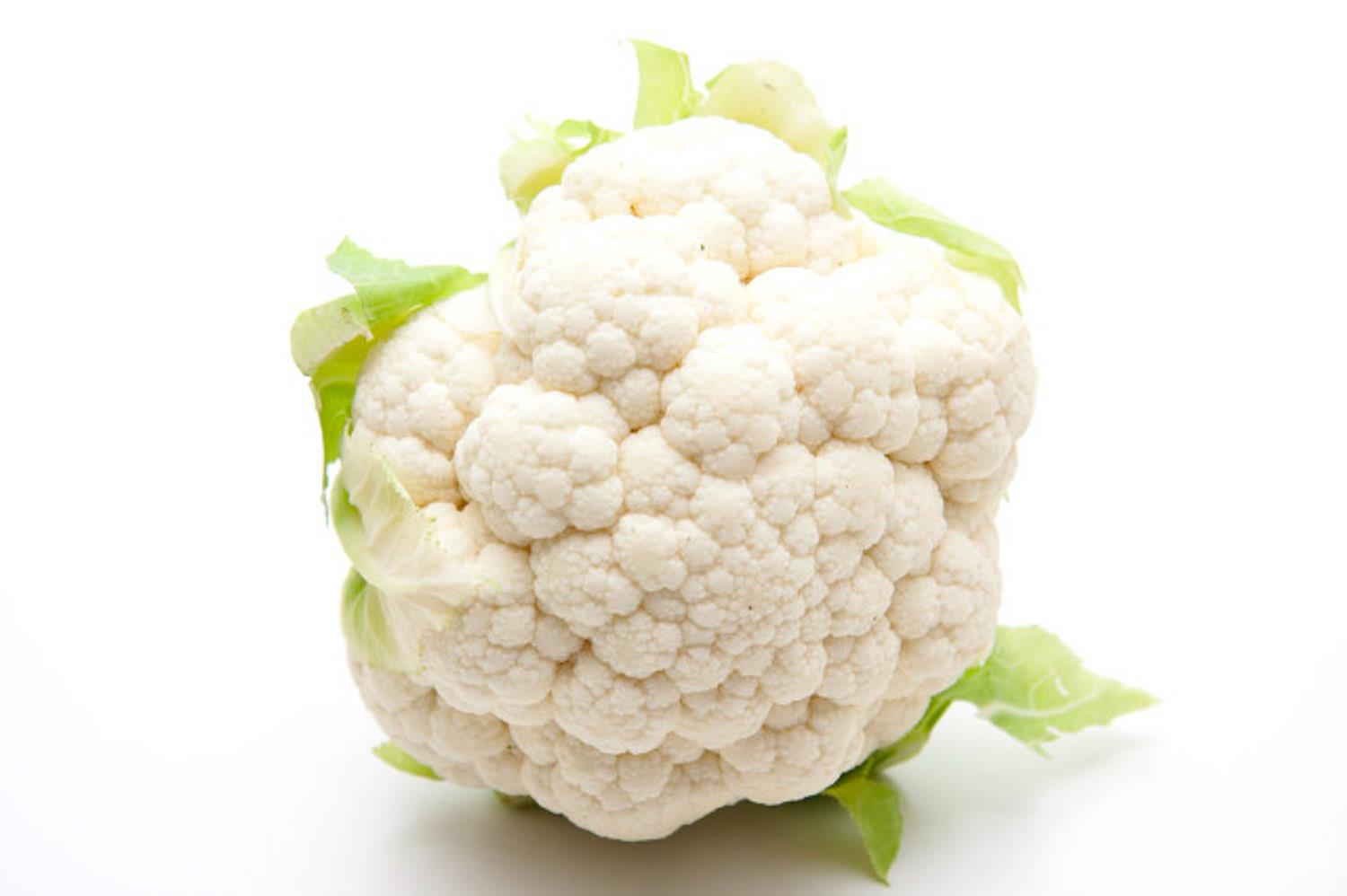
IV. Other questions
1 . How to survive the winter: At the beginning of winter, you need to water the cauliflower once to slow down the growth of the cauliflower. Fertilizing again can improve the frost resistance of the cauliflower. After winter, you need to water the cauliflower again to welcome the arrival of spring. At this time, you need to water the cauliflower again. It can promote the growth and nutrient absorption of cauliflower.
2. Whether it is edible: Cauliflower is edible and contains a lot of dietary fiber and vitamins, so the edible value of cauliflower is very good.
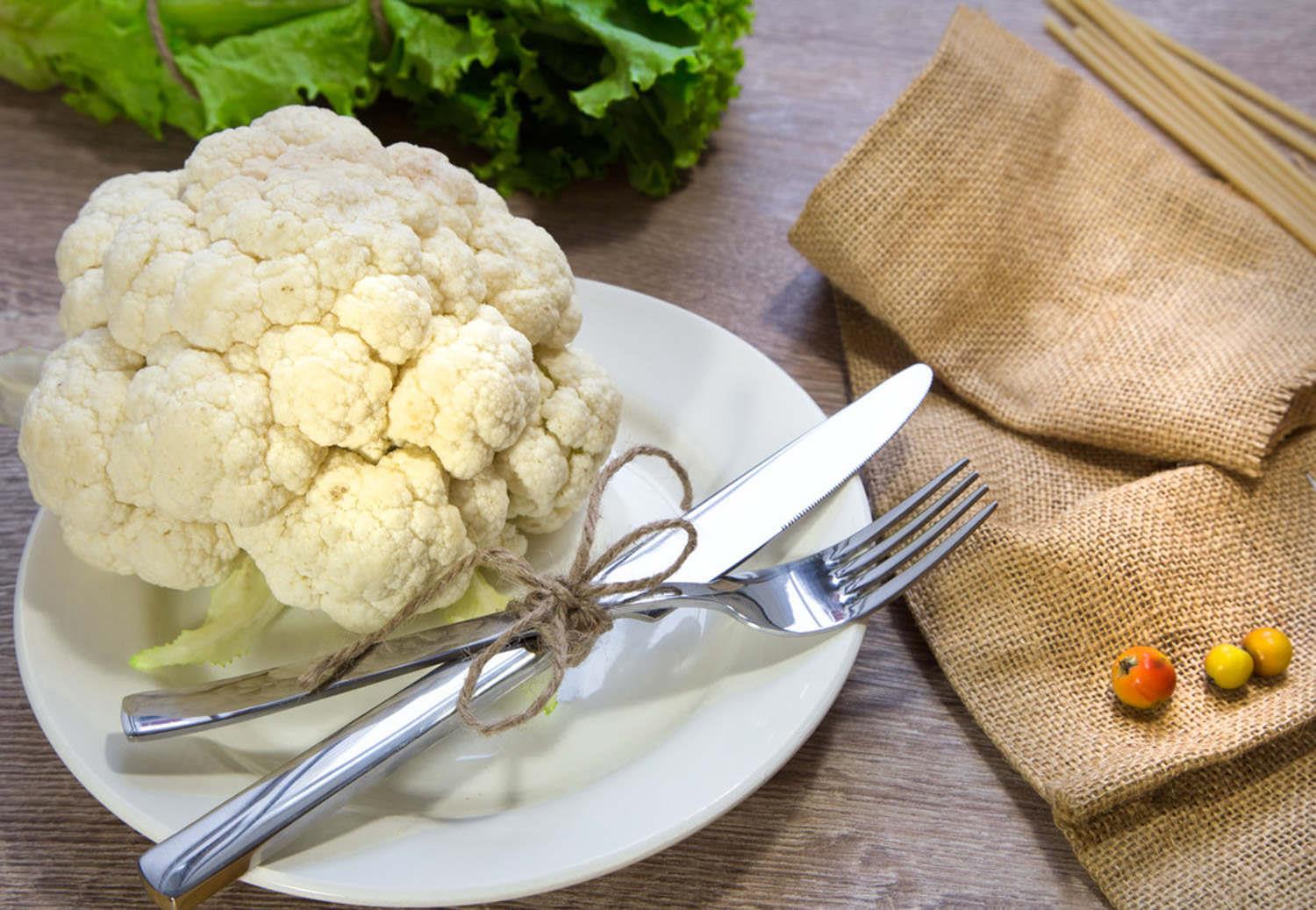
2. Breeding skills
3. Problem diagnosis and treatment
4. Other issues
- END -
Breeding methods and precautions for Bingdilian

Bingdilian likes warmth and is relatively afraid of cold. It cannot be lower than ...
Can spider plants be placed in the bedroom? Is it okay to place spider plants in the bedroom?

Of course it can be placed in the bedroom because it is non-toxic and has many ben...